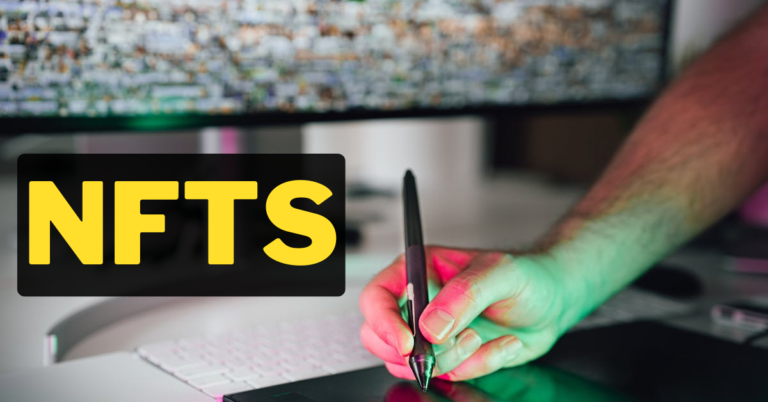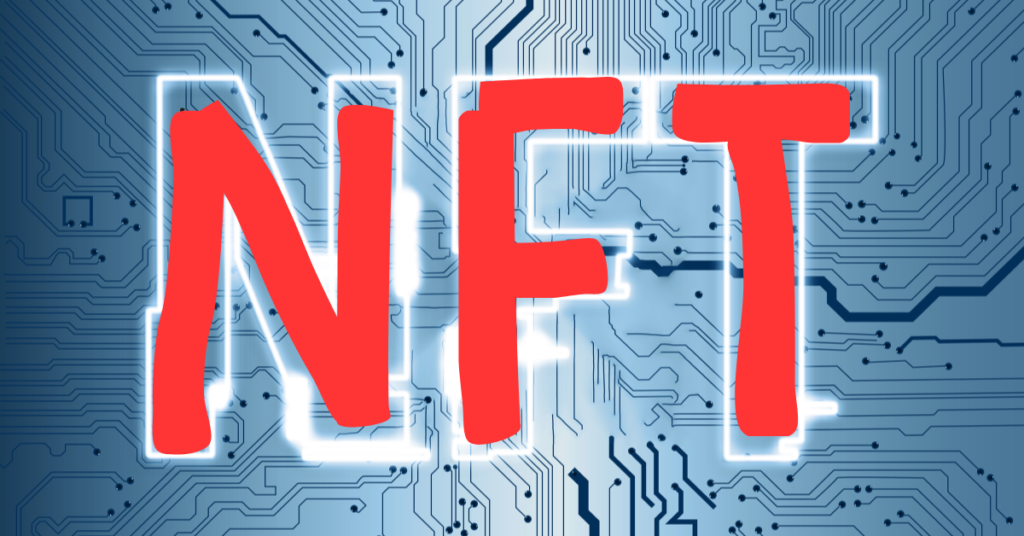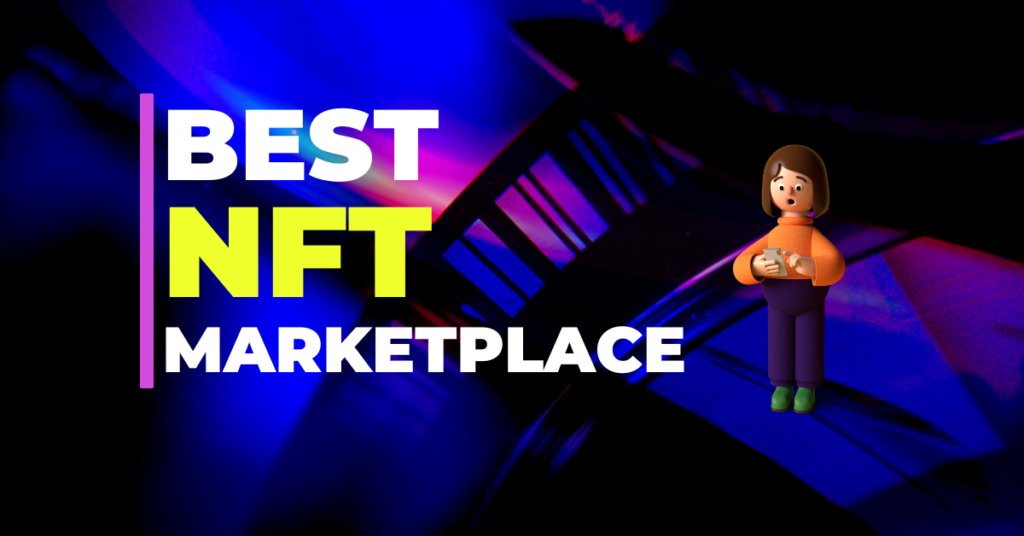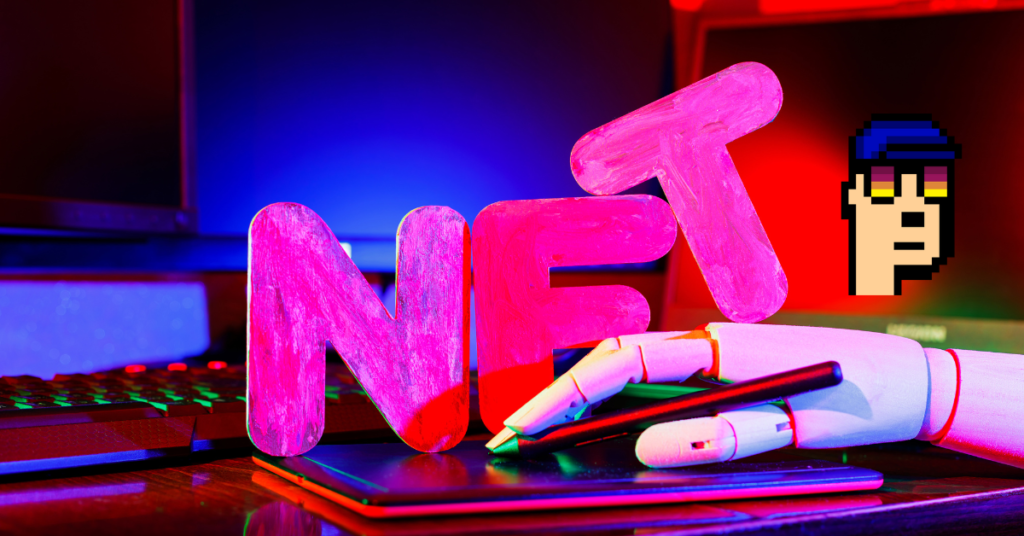Non-Fungible Tokens or NFTs, have taken the digital world by storm. From digital art selling for millions to unique virtual assets in games, NFTs are becoming very important part of the blockchain revolution. But what exactly are NFTs, and why are they causing such a buzz? This article aims to break down the concept of NFTs in simple terms, explain how they work, and explore their potential applications.
What Is a Non-Fungible Token (NFT)?
Understanding the Concept of Fungibility
Before diving into NFTs, it’s essential to grasp the idea of fungibility. Fungible items are those that can be exchanged on a one-to-one basis. For example, one Bitcoin is equivalent to another Bitcoin, or a dollar bill is interchangeable with another dollar bill of the same value. These items are identical in value and can be easily replaced or traded.
Defining Non-Fungible Tokens
In contrast, non-fungible tokens are unique digital assets that cannot be exchanged on a like-for-like basis. Each NFT has its distinct value and properties, making it one-of-a-kind. Think of NFTs as digital collectibles or artworks, where each piece is unique and cannot be swapped for something else of equal value.
How Do NFTs Work?
Blockchain Technology
NFTs are built on blockchain technology, the same underlying system that powers cryptocurrencies like Bitcoin and Ethereum. A blockchain is a decentralized, distributed ledger that records all transactions across a network of computers. This technology ensures that NFTs are secure, transparent, and tamper-proof.
Smart Contracts
Smart contracts are self-executing contracts with the terms of the agreement directly written into code. When you buy an NFT, a smart contract is triggered on the blockchain, transferring ownership from the seller to the buyer. This process is automated and does not require intermediaries, making transactions efficient and secure.
Minting NFTs
Minting is the process of creating an NFT. When a digital file, such as an image, video, or audio file, is minted as an NFT, it is uploaded to the blockchain, where it is assigned a unique identifier. This identifier is what makes the NFT non-fungible, as it distinguishes it from any other digital asset on the blockchain.
Also read: Best Strategies to Make Money with Cryptocurrency
What Makes NFTs Unique?

Digital Ownership and Authenticity
One of the most significant advantages of NFTs is the ability to prove ownership and authenticity of digital assets. When you purchase an NFT, you receive a digital certificate of ownership that is recorded on the blockchain. This certificate is unique and cannot be duplicated, ensuring that your digital asset is truly one-of-a-kind.
Indivisibility
Unlike cryptocurrencies, which can be divided into smaller units, NFTs are indivisible. You cannot buy or sell a fraction of an NFT; it must be purchased or sold as a whole. This indivisibility further enhances the uniqueness and value of each NFT.
Interoperability Across Platforms
NFTs can be used across various platforms and applications that support the same blockchain standards. For example, an NFT purchased on one marketplace can be sold on another, or it can be used in different games and virtual worlds. This interoperability increases the utility and appeal of NFTs.
How to Buy and Sell NFTs
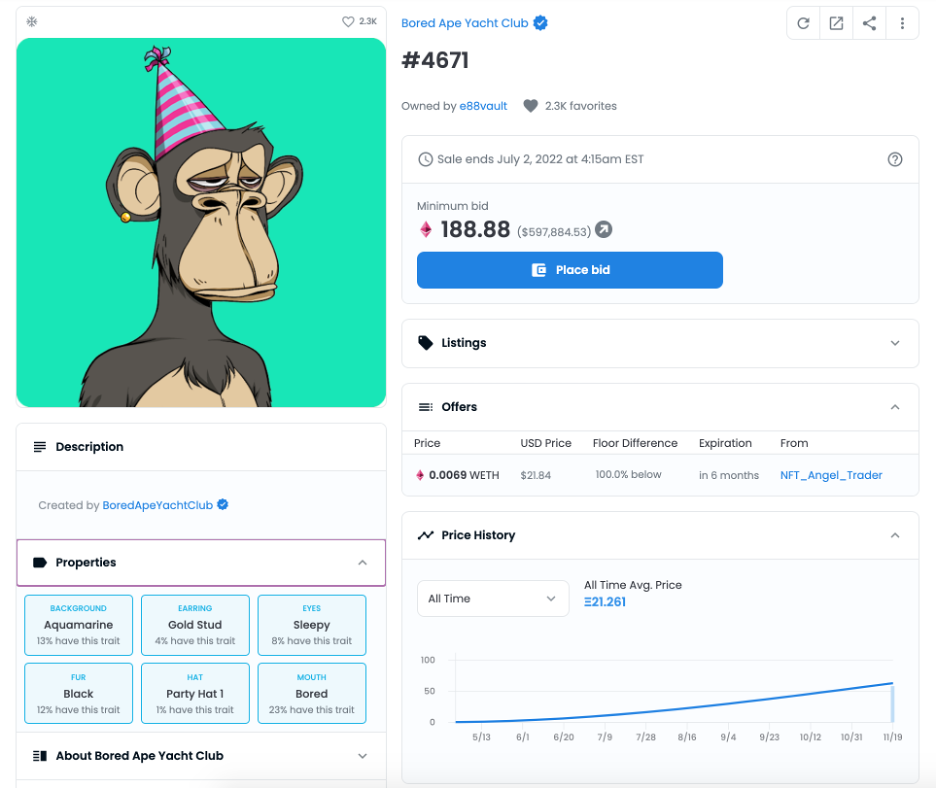
Setting Up a Digital Wallet
To buy or sell NFTs, you need a digital wallet that supports cryptocurrency transactions. Popular wallets include MetaMask, Trust Wallet, and Coinbase Wallet. These wallets allow you to store cryptocurrencies like Ethereum, which is commonly used to purchase NFTs.
Choosing an NFT Marketplace
NFT marketplaces are online platforms where you can buy, sell, and trade NFTs. Some of the most popular marketplaces include OpenSea, Rarible, and SuperRare. Each platform has its own unique features, fees, and types of NFTs available, so it’s essential to choose one that suits your needs.
Minting Your Own NFTs
If you’re a creator, you can mint your own NFTs by uploading your digital files to an NFT marketplace. You’ll need to pay a fee, often in Ethereum, to mint your NFT and list it for sale. Once minted, your NFT is available for purchase by collectors and investors.
The Market for NFTs
Art and Collectibles
The art world has quickly embraced NFTs as a new medium for digital artists. NFTs allow artists to sell their digital works directly to collectors without the need for galleries or intermediaries. Some NFTs have sold for millions of dollars, such as Beeple’s “Everydays: The First 5000 Days,” which fetched a staggering $69.3 million.
Gaming and Virtual Worlds
NFTs have also found a home in the gaming industry. Players can purchase, trade, and sell unique in-game items, such as weapons, skins, and avatars, as NFTs. These assets can be used across multiple games or even in virtual worlds like Decentraland and The Sandbox.
Music and Entertainment
Musicians and entertainers are exploring NFTs as a way to monetize their work and connect with fans. NFTs can represent digital albums, concert tickets, or exclusive content, allowing artists to offer unique experiences to their audience.
The Future of NFTs

Expanding Beyond Digital Art
While NFTs are currently associated mainly with digital art and collectibles, their potential applications extend far beyond these areas. For example, NFTs could be used to represent ownership of physical assets, such as real estate, vehicles, or luxury goods.
Tokenizing Real-World Assets
One exciting possibility is the tokenization of real-world assets. By creating NFTs that represent shares in physical assets, such as property or artwork, investors can buy and sell fractional ownership in these items. This could democratize access to high-value assets and create new opportunities for investment.
NFTs in the Metaverse
The concept of the metaverse, a virtual shared space where users can interact, work, and play, is closely linked to the rise of NFTs. In the metaverse, NFTs could serve as the building blocks of digital economies, allowing users to buy and sell virtual land, goods, and services.
Challenges and Controversies
Environmental Concerns
One of the most significant criticisms of NFTs is their environmental impact. The process of minting and trading NFTs on blockchain networks like Ethereum consumes a large amount of energy, contributing to carbon emissions. However, efforts are being made to develop more sustainable blockchain technologies that could reduce this impact.
Intellectual Property Issues
As NFTs gain popularity, questions around intellectual property rights have emerged. Since anyone can mint an NFT, there have been cases where individuals have created and sold NFTs of digital content they do not own. This has led to legal disputes and calls for clearer regulations in the NFT space.
Market Volatility
The NFT market is still in its early stages and is highly volatile. Prices for NFTs can fluctuate dramatically, making it a risky investment for those looking to buy and sell. It’s essential to do thorough research and understand the risks before diving into the NFT market.
Conclusion
NFTs represent a revolutionary shift in how we think about ownership and value in the digital age. By leveraging blockchain technology, NFTs offer a way to prove the authenticity and ownership of unique digital assets, from art and music to virtual goods and real-world assets. While the NFT market is still evolving and faces several challenges, its potential applications are vast and could reshape various industries in the years to come.
So that is it about this article if you have any thing further in mind, comment down below or contact finzerr. We are always here to help you!
FAQs
Q1: What is the difference between NFTs and cryptocurrencies?
A: NFTs are unique digital assets that cannot be exchanged on a like-for-like basis, while cryptocurrencies like Bitcoin and Ethereum are fungible and can be traded interchangeably.
Q2: Can I create my own NFT?
A: Yes, you can create your own NFT by minting it on a blockchain. This process involves uploading your digital file to an NFT marketplace and paying a fee to create the NFT.
Q3: Are NFTs a good investment?
A: The value of NFTs can be highly volatile, making them a risky investment. It’s essential to research and understand the market before investing in NFTs.
Q4: How do I buy an NFT?
A: To buy an NFT, you’ll need a digital wallet that supports cryptocurrency transactions. You can then purchase NFTs on marketplaces like OpenSea, Rarible, or SuperRare.
Q5: What are some common uses of NFTs?
A: NFTs are commonly used in digital art, gaming, music, and virtual worlds. They can represent anything from digital collectibles and in-game items to virtual land and concert tickets.
